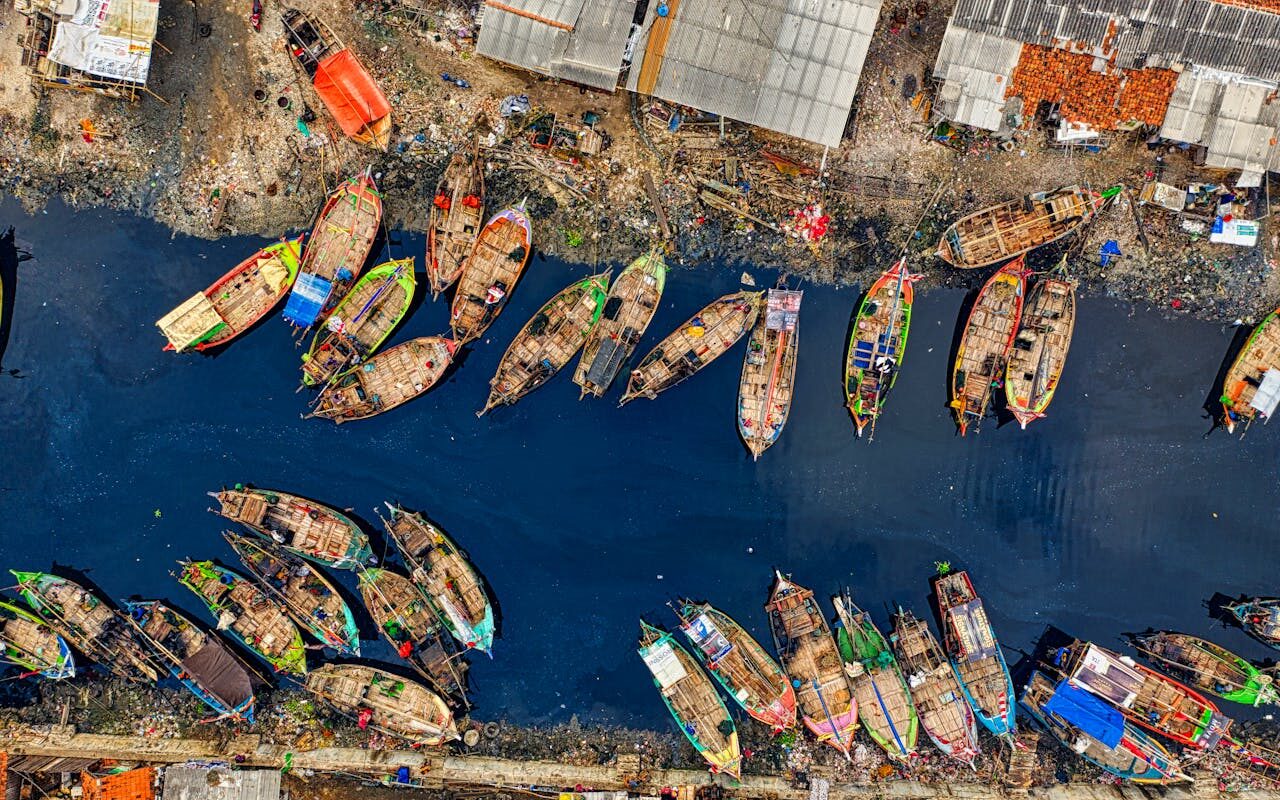As we all cheer the start of more open borders in Asia, we also need to be prepared for what lies ahead.
As complex a process awaits as the one we experienced going into the lockdowns. We will need to communicate and coordinate closely together to make the best of the available situation.
When analyzing who can enter where and when, there are some essential items to consider.
Vaccination Status
Being fully-vaccinated is providing for differentiated opportunities from eating inside restaurants to attending special events locally. Increasingly, it impacts the ability to travel and all the associated procedures, including quarantine and testing requirements. The type of vaccine received can also affect the ability to travel. Many countries accept the vaccines approved for emergency use by the World Health Organization (WHO). For example, China offers preference to those who have received a China-produced vaccine. Japan, on the other hand, currently only approves of Pfizer, Moderna, and AstraZeneca. The acceptance of those with mixed Covid vaccine doses or J&J recipients who received a second shot or a booster is not always addressed.
Travel Type
The prioritization of who can enter a country will continue, switching from emergency healthcare personnel to the location’s next most important category. Thailand and India now permit tourists to enter, while in Singapore, Employment Pass holders are allowed. Japan’s most recent rumors (awaiting official announcement any day) create pathways for short-term business travelers and students, but not yet for tourists. The type of visa held or the industry can also impact the ability to cross a border and/or the process for arrival and quarantine that follows.
Quarantine
All the above plus the departure country can impact when, how long, and where quarantine is required. There is a shift away from government or government-mandated facilities to home quarantine in some locations. For example, Japan’s number of days required for some fully-vaccinated travelers has been reduced from 10 to 3 days. Korea removes the 14-day quarantine requirement for fully-vaccinated arrivals if the proper exemption is obtained before travel. Singapore’s Vaccinated Travel Lane (VTL) scheme eliminates the need for a mandatory quarantine. It is good to note that the VTL schemes and other quarantine exemption programs still requires at least a 24 hour isolation period while awaiting the results of arrival covid testing.
Limitations
Despite the cracks in the barriers, countries remain unlikely to throw open the doors and permit pre-pandemic-style travel. Depending on location, there remain limits on everything from the number of visas issued, the permitted entry points, and caps on the number of foreign nationals permitted in a timeframe or on the number of international flights permitted. Of the 370,000 people waiting to enter Japan, current limits are 3,500 arrivals per day which is anticipated to be raised to around 5,000. It would take 75 days or almost 2 ½ months to work through the backlog alone at the higher amount.
A change in any one of these areas can have an impact on others. For example, recently, in Singapore, the recategorization of countries resulted in upcoming arrivals without a place to stay. In the coming months, it will be necessary to stay abreast of these changes and work closely together to mitigate any impact on the assignee experience.




